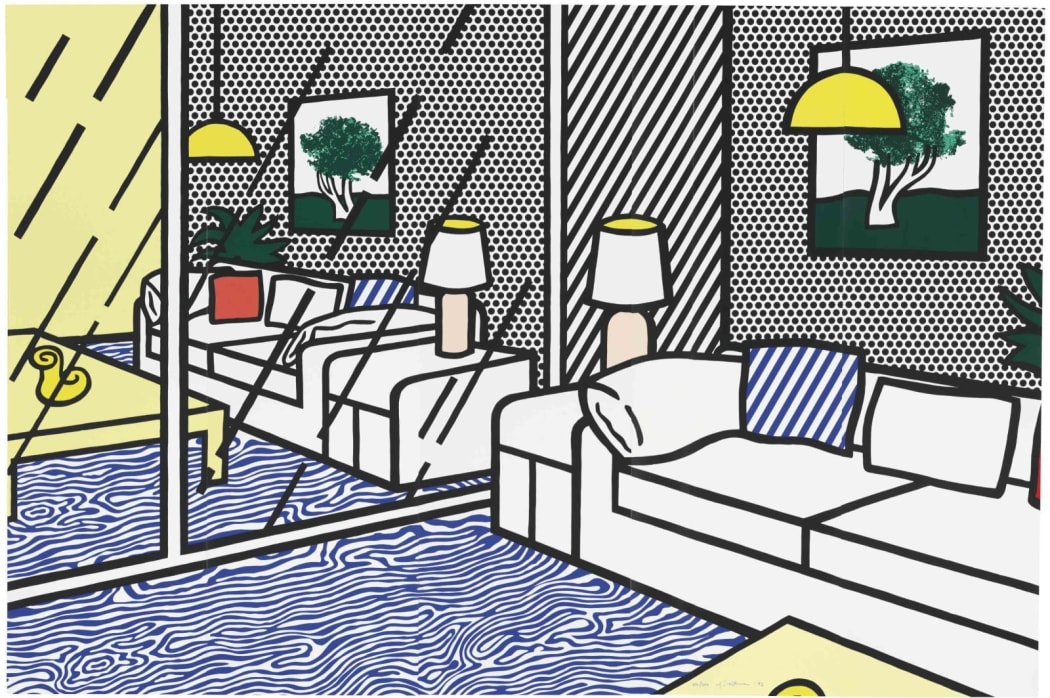
What Defines a Print?
A print is an artwork created by transferring an image from one surface to another. This process can be repeated numerous times, producing multiple impressions that together form an "edition." It's essential to differentiate between reproductions and original prints: reproductions are copies of pre-existing works, while original prints are created solely within the printmaking medium. Legendary artists like Andy Warhol and Banksy have embraced printmaking as a means of experimentation and innovation.
Exploring Printmaking Techniques:
Relief Printing
In this method, the area surrounding the image is carved or cut away from the surface, traditionally using wood or, more recently, linoleum.
Woodcut and Wood Engraving
Both techniques create a relief image by carving away negative areas from a wooden block. The distinction lies in the orientation of the wood grain: woodcuts use the side grain, while wood engraving employs the end grain, enabling finer detail.
Linocut
A 20th-century alternative to woodcut, linocut involves mounting a thin layer of linoleum onto a wooden block, followed by a similar carving process. Linocuts are favoured for their ease of cutting and durability during printing.
Lithography
Artists use grease-based crayons to draw on a surface, which attracts printing ink. This technique produces a fluid, brush-like effect, as demonstrated in David Hockney's "Pool Made with Paper and Blue Ink for Book."
Screenprinting
This stencil-based method employs a screen made of stretched fabric (typically silk) with stencilled areas blocking out ink. Ink is then forced through the unblocked areas onto paper, making it suitable for bold designs, such as Banksy’s Girl with Balloon.
From Ancient Beginnings to Modern Innovations
The roots of printmaking extend back thousands of years, with the earliest dated print being the Diamond Sutra from 898 AD, an illustrated Buddhist text from China. In Europe, woodcut prints emerged in the 15th century, used for disseminating religious imagery and decorating playing cards.
Andipa Editions champions all forms of printmaking, celebrating artists who have pushed the medium's boundaries. Notably, the department has set auction records for contemporary artists like Keith Haring, Damien Hirst, Jean-Michel Basquiat, Roy Lichtenstein, Yayoi Kusama and the iconic street artist Banksy.
Understanding the Print Market
The secondary print market offers a vast array of prints, ranging from surprisingly affordable to astronomically priced. A print's value is influenced by various factors, including the artist's demand in the market, the edition size (number of impressions produced), whether it's signed, its size, and condition.
While the print number rarely affects the price, some impressions command premiums—these are the proofs created during the process of perfecting the final image. These proofs may be marked as Trial Proofs (TP), Artist’s Proofs (AP), or Printer’s Proofs (PP) and may feature unique elements like different colour combinations or extensive hand-finishing.
Collecting Prints
For aspiring art collectors, prints provide an excellent starting point. They are more accessible and affordable than unique works of art because of their multiple impressions. Collecting prints allows you to own iconic images without the seven-figure price tag and explore different artists and styles to discover your personal taste as a collector.
For more information, guidance as to collecting prints and current availabilties, contact Andipa Editions via sales@andipa.com or call +44 (0)20 7589 2371.
